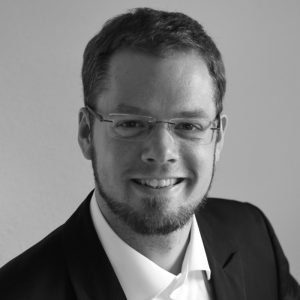
I studied Physic at the Justus-Liebig-University in Gießen, Germany and finished with a M.Sc. Major: Atom, Plasma and Space Physics.
During my studies I worked as a part time software test engineer and test driver for Continental Automotive GmbH in Wetzlar, Germany.
Since June 2021 I have been employed by Bender GmbH & Co. KG in Grünberg, Germany as Developer for the EU research project IMITAES and additional as standardization manager since 2022.
The electrification of transportation in the aviation industry is on the way to more electric aircrafts. To improve the availability of electrical power systems, the use of an ungrounded IT system offers the advantage that operation can continue even in the event of a single insulation fault to ground. Furthermore, the degradation of the insulation level can be detected by an insulation measuring device and thus can be used as an indicator for “condition-based maintenance”.
Currently, there is no insulation monitoring device that meets aerospace specifications. The IMITAES research project will introduce the first insulation monitoring system for IT electrical installations based on aerospace market requirements up to technical readiness level 4 (TRL 4). The current state of research of the project led by the University of Sheffield and Bender presented extensive simulations and experimental validations.
At the same time, it is necessary to define new standards for the upcoming high voltage systems and new system infrastructures. The SAE AE 10 High voltage committee is working on SAE AIR7136, the first report describing the applicability of IMDs for HV ungrounded systems in aviation.
Insulation Monitoring Devices (IMD) for aerospace applications in ungrounded electrical systems (IT systems), differences and advantages especially for high voltage systems, and status of development and standardization.